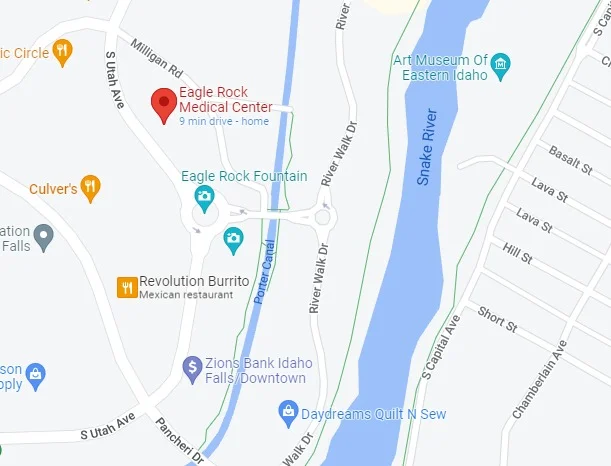- (208) 425-6020
- clinic@eaglerockmedical.com
- 919 South Utah Avenue Idaho Falls, ID 83402

Falls are the leading cause of injury death in people aged 65 and older and cause at least 95% of the hip fractures in older adults in the US. With the elderly population (>65 year-olds) growing out of proportion to the US population, the costs of treatment and rehabilitation of fall-related injuries will place an unsustainable burden on the US economy. Despite a significant and sustained amount of NIH funding being allocated toward fall-related studies, the number of falls suffered by older persons continues to increase, likely due to the emphasis of this funding stream on the biomechanics of voluntary recovery movements. Voluntary recovery movements, with advanced age, are not quick enough to actually prevent a fall from occurring. While the knowledge base is plentiful in the biomechanics of falls, a sizeable knowledge gap exists regarding the neuromechanics of fall-risk in aging. Knowing that the reflex system is the only system that can respond quickly enough to prevent a fall, we have developed innovative methods of testing the first line of defense against falls in the elderly. By examining the effects of aging on reflexes, that is, the neuromotor system’s first responders, we will gain insight into the declines that lead to greater fall risk in the elderly.
Our specific aims are to compare:
(1) age differences in crossed-spinal reflexes, a critical component of the righting response
(2) postural recovery following a reflex perturbation
(3) the relation between reflex function and clinically assessed fall-risk.
We expect that the elderly will exhibit reduced symmetry between their crossed-spinal reflexes with a less direct postural recovery when perturbed. These deficits in postural recovery and crossed-spinal reflexes are expected to correlate with greater fall-risk. The identification of reflex deficits will lead to a significant scientific breakthrough by yielding more sensitive fall-risk screening procedures. Furthermore, the sizeable body of research that has shown that reflexes are trainable holds the potential for reflex re-training as a complement to existing methods of neuromuscular rehabilitation.

